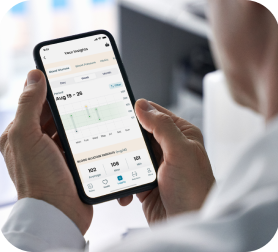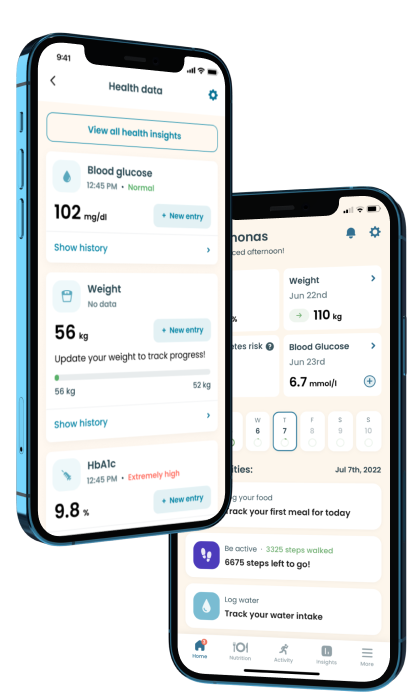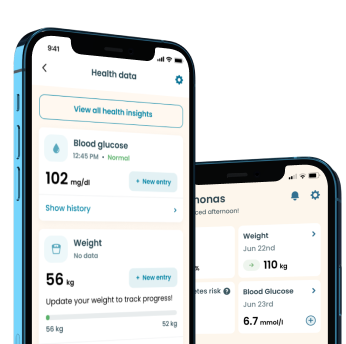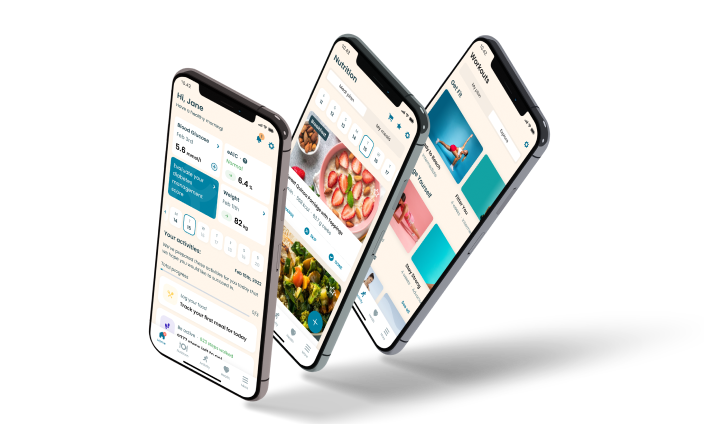Quinoa and Diabetes

Great
53
367 kcal
Due to the delicate nature of diabetes, people with this disease are advised against eating meals that could cause a spike in their blood sugar level. On the contrary, whole grains are recommended by health experts due to their high fiber content which slows down their rate of digestion, leading to reduced blood glucose level spikes.
Quinoa is at the top of the list of whole-grain foods with its high protein content. Namely, it is packed with all nine essential amino acids needed by the body, making it a complete protein. Overall, studies on diabetes and quinoa rate it as a fantastic food proven to manage diabetes and prevent its associated complications.
This article explores deep as to how this food benefits people with diabetes.
Nutritional value
- Protein 14 g
- Carbohydrate 64 g
- Fat 6.1 g
- Fiber 7 g
- Sugar 1.6 g
- Cholesterol 0 g
What Is Quinoa’s Carb Content?
Diabetics are not entirely excluded from the consumption of carbs. Instead, they are to monitor their carb consumption according to their body’s nutritional needs. Cooked quinoa is a low-carb food that contains 39.4 g of carb per cup, alongside 5.2 g of fiber.
However, it is relatively high in calories at 222 cal per cup. Hence, you might want to eat it in moderation to avoid excessive weight gain — a predisposing factor for diabetes.
Take a quiz
Discover what Klinio app can do for you
Healthy diabetes meal plan crafted just for YOU

Personalized workouts with no equipment needed

Track your progress with smart tracking tools

Is Quinoa Good for Diabetics?
Quinoa could be referred to as “chicken for plant-based diets." This is because of its high protein and fiber content, which help you stay full for prolonged periods. By helping you stay full, it regulates your calorie intake while preventing excessive weight gain, both essential for diabetes management.
Moreover, quinoa’s glycemic index (GI) is 53, falling below white and brown rice. This places it in the low GI food category. It also has a glycemic load (GL) of 10.7 per cup of raw quinoa, putting it in the medium GL range. This means quinoa should not result in rapid blood glucose spikes if consumed in moderation.
Furthermore, quinoa is rich in magnesium, which has been proven to be an excellent regulator of blood sugar levels. Certain studies have pointed out an inverse relationship between the dietary consumption of magnesium and type 2 diabetes incidence — as much as a 15% reduction in diabetes risk by consuming just 100 mg of dietary magnesium. Similar research has also linked hypomagnesemia to be a cause of worsened insulin resistance. Hence, it follows that adequate magnesium intake via quinoa consumption can benefit your overall diabetic health.
One other benefit of quinoa is seen in its antioxidant properties. According to research, the consumption of grains rich in antioxidants (e.g., quinoa) has been proven beneficial in the management of diabetes and its associated hypertension.
Top Ways to Eat Quinoa as a Diabetic
Although studies focused on diabetes and quinoa reveal the grain poses no risk to diabetics, it cannot be eaten by itself as a meal. Here are some ways that it be added to a balanced diet without compromising blood sugar levels:
- Replace rice in your diet with quinoa
- Combine it with salads and vegetables
- Use it to prepare quinoa breakfast porridge
- Purchase bread made from quinoa
- Add it to beans before eating
Conclusion
The nutrient profile of quinoa makes it a top choice in diets for diabetics looking to keep their blood glucose in check. With a ⅓-cup serving of cooked quinoa offering about 15 g of carbs (the recommended carb limit for diabetics), this can serve as a great addition to your diet.

Download Klinio app!
Get more by downloading our free Klinio App. Analyze your health, form new habits and manage your diabetes anytime, anywhere.
OR
SCAN QR CODE



GET THE APP











